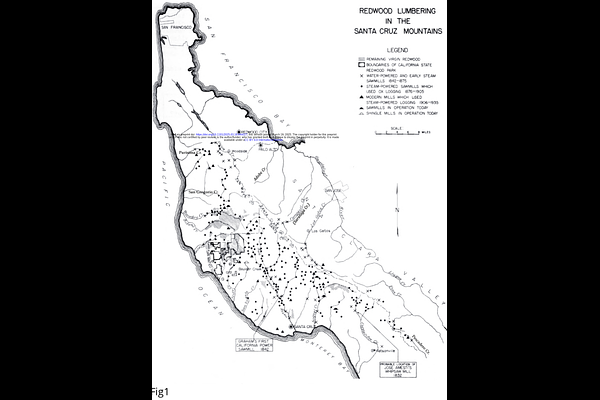Machine learning model determines optimal coast redwood restoration sites in Santa Clara County, California

Machine learning model determines optimal coast redwood restoration sites in Santa Clara County, California
Lanman, R. B.; Potter, C.
AbstractMany governmental and non-governmental organizations are planting trees, often in developing countries where costs are lower, to offset carbon emissions in industrial countries and slow global warming. These efforts often fail to achieve carbon sequestration goals, frequently related to the selection of unsuitable planting sites, use of tree species with inadequate biomass or vulnerability to wildfire. Reforestation of the worlds tallest trees, which attain heights above 80 m and standing biomasses orders of magnitude greater than other trees, could optimize removal of atmospheric carbon. Wildfires have consumed almost 30% of Californias forests since 2000. To optimize carbon sequestration by tree planting in Santa Clara County, California, we selected coast redwoods, a tree species that is highly resilient to fire, rapidly accumulates the largest biomass of any tree in the world, has exceptional longevity, and is historically native to the westernmost portion of the county, where they support a unique ecosystem. Because historical redwoods range maps are conflicting, and because global warming may change the range of suitable habitat, we developed a machine learning model to determine optimal habitat available for reforestation. The optimal habitat identified included the current and known historical coast redwood forest and excluded lands with no historical records of redwoods, validating model accuracy. The opportunity to capture and store atmospheric carbon dioxide (CO2) is significant, as the model found 33,969 ha (131 mi2) of optimal redwood habitat, of which nearly 77% [26,051 ha (101 mi2)] currently has no conifer cover. Restoring the historical coast redwood forest in this single county alone could sequester 2.3% of the entire State of Californias 2020 carbon emissions. Similar studies should be conducted in ocean-adjacent counties which likely have order of magnitude greater optimal coast redwood planting areas than inland Santa Clara County, with correspondingly greater potential carbon sequestration impacts.